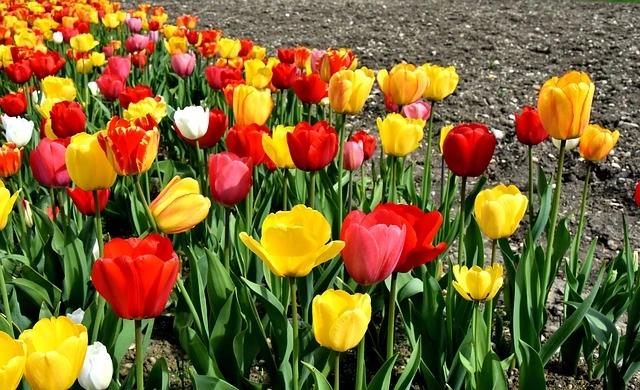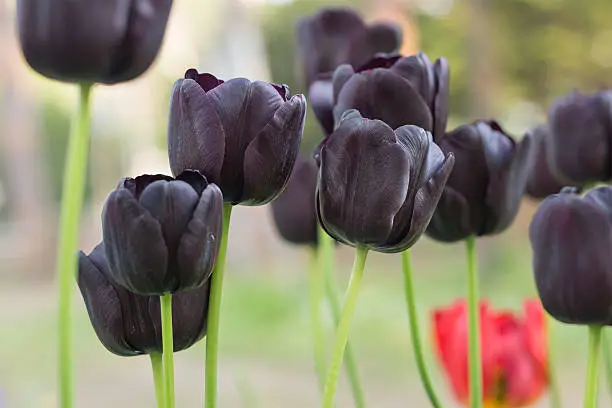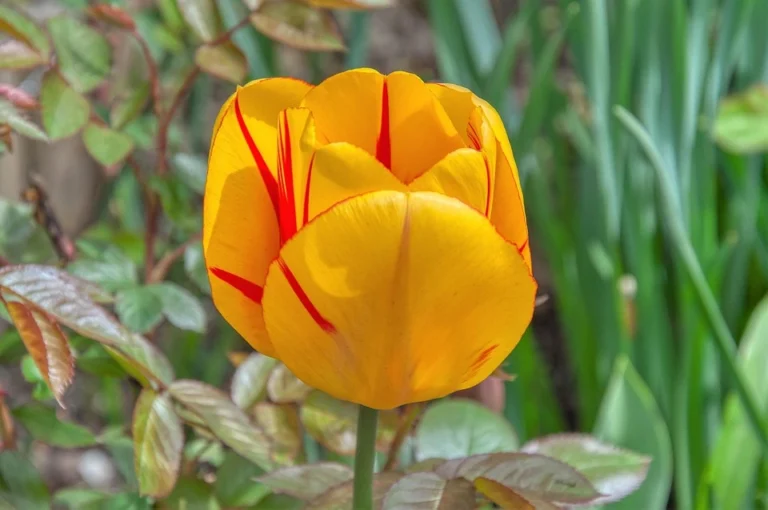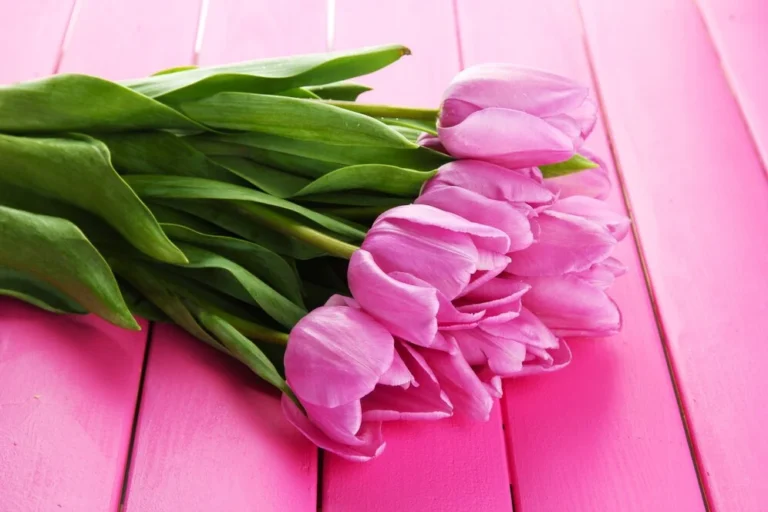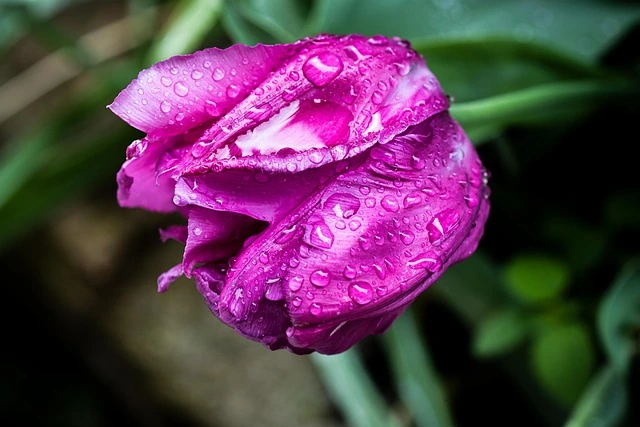Red Tulips : The Complete Guide to Growing, Selecting, and Enjoying These Iconic Spring Blooms
Table of Contents
Did you know that red tulips have been valued at more than the price of houses during the historic “Tulip Mania” of the 1630s? While today’s red tulips won’t cost you your life savings, these vibrant spring flowers remain one of the most beloved and symbolic blooms in gardens worldwide, with over 3,000 registered varieties available to modern gardeners.
Red tulips, with their bold crimson petals and elegant form, stand as timeless symbols of perfect love and passion in the language of flowers. Whether you’re a seasoned gardener or a curious beginner, understanding how to select, grow, and care for red tulips can transform your spring garden into a breathtaking display of color and vitality.
The Rich History and Meaning of Red Tulips
Originally native to Central Asia, tulips made their way to the Ottoman Empire before being introduced to Europe in the 16th century. Red tulips in particular carry significant cultural weight across many societies:
- In Turkish culture, red tulips symbolize perfect love
- Victorian flower language associates red tulips with declarations of love
- In Persian literature, red tulips represent sacrifice and martyrdom
- Modern floral traditions connect red tulips with passion and romance
The botanical name Tulipa comes from the Persian word for turban, referencing the flower’s distinctive shape. Red tulip varieties range from the classic Darwin hybrids to the more exotic fringed and parrot varieties, each offering unique characteristics while maintaining that striking red hue gardeners love.
Selecting the Perfect Red Tulip Varieties
When choosing red tulips for your garden, consider these popular varieties:
Early-Season Red Tulips:
- ‘Red Emperor’ (Fosteriana) – Large, vivid scarlet blooms
- ‘Red Riding Hood’ (Greigii) – Short stems with mottled foliage
Mid-Season Red Tulips:
- ‘Apeldoorn’ (Darwin Hybrid) – Classic cup shape with long stems
- ‘Red Impression’ (Single Late) – Large blooms with excellent vase life
Late-Season Red Tulips:
- ‘Red Shine’ (Lily-Flowered) – Elegant pointed petals
- ‘Rococo’ (Parrot) – Dramatically ruffled and fringed edges
For the most dramatic display, plant red tulips in groups of at least 7-12 bulbs. Consider combining different red tulip varieties that bloom in succession to extend your display from early to late spring.
Expert Growing Guide for Red Tulips

When and Where to Plant
Red tulips, like all tulip varieties, require proper timing and placement for successful growth:
- Planting time: Plant red tulip bulbs in fall, 6-8 weeks before the ground freezes (September to November in most regions)
- Location: Choose a spot with full sun to light shade
- Soil requirements: Well-draining soil with a pH between 6.0 and 7.0
- Spacing: Plant bulbs 4-6 inches apart and 6-8 inches deep (measure from the bottom of the bulb)
Care and Maintenance
Proper care will ensure your red tulips return with vibrant blooms year after year:
Watering: Water thoroughly after planting, then only when soil is dry during active growth. Reduce watering after blooming.
Fertilizing: Apply bulb-specific fertilizer in fall during planting and again in early spring when shoots emerge.
Pest management: Protect from squirrels and rodents with wire mesh over planting areas. Watch for aphids on stems and treat promptly.
After flowering: Allow foliage to yellow and die back naturally to ensure energy returns to the bulb for next year’s flowers.
Design Ideas: Showcasing Red Tulips in Your Garden
Red tulips create stunning visual impact when thoughtfully incorporated into garden designs:
- Classic combinations: Pair with white daffodils or purple hyacinths for dramatic contrast
- Underplanting partners: Combine with blue forget-me-nots or white candytuft to enhance the red tulip display
- Container planting: Layer red tulip bulbs with pansies or violas for multi-season container displays
- Naturalized plantings: Create casual drifts of red tulips among ornamental grasses for a more relaxed aesthetic
Pro tip: For the most dramatic impact, plant red tulips in groups of odd numbers (7, 9, 11) rather than in rows or evenly spaced arrangements.
Common Challenges with Red Tulips and Solutions
Even experienced gardeners encounter issues with red tulips. Here are solutions to common problems:
Bloom decline in subsequent years: Many modern red tulip hybrids perform best in their first year. For reliable perennial performance, choose species tulips or Darwin hybrids, and ensure foliage fully matures after blooming.
Tulip fire (Botrytis): This fungal disease causes distorted growth and grayish spots. Remove and destroy affected plants, avoid overhead watering, and ensure good air circulation.
Drooping stems: Often caused by insufficient light or heat stress. Plant red tulips where they receive morning sun but afternoon shade in warmer climates.
Animal damage: Deter squirrels and rodents by adding sharp gravel around bulbs when planting or using repellent sprays.
Cutting and Displaying Red Tulips Indoors
Red tulips make excellent cut flowers with proper handling:
- Cut stems when buds are colored but not fully open
- Cut at an angle with sharp scissors or pruners
- Remove any foliage that would sit below water
- Place in cool water immediately
- Add floral preservative to extend vase life
- Change water every 2-3 days
- Keep arrangement away from fruit (ethylene gas speeds aging)
With proper care, cut red tulips can last 5-7 days in a vase, continuing to grow and open throughout their display period.

Frequently Asked Questions About Red Tulips
Q: Why didn’t my red tulips come back this year?
Tulips often decline after the first year, especially hybrid varieties. For perennial performance, choose species tulips, provide adequate fertilizer, and allow foliage to fully die back naturally.
Q: Can I plant red tulips in spring?
While fall planting is ideal, pre-chilled red tulip bulbs can be planted in early spring in some climates. However, they typically produce smaller flowers and shorter stems when spring-planted.
Q: How can I protect red tulips from deer and rabbits?
Apply commercial repellents regularly, plant bulbs with daffodils (which animals avoid), or cover emerging shoots with protective netting until plants mature.
Q: Why are my red tulips turning purple or developing feathered patterns?
This is typically caused by the tulip breaking virus, spread by aphids. Remove and discard affected plants to prevent spread to healthy tulips.
Q: Can red tulips grow in warm climates?
In zones 8-10, pre-chill red tulip bulbs for 8-10 weeks in the refrigerator before planting, and treat them as annuals rather than perennials.
Whether you’re planting a formal garden display, creating cutting gardens for fresh bouquets, or simply adding splashes of vibrant color to your spring landscape, red tulips offer unmatched visual impact and historical significance. With proper selection, planting, and care, these iconic spring flowers will reward you with a spectacular display that announces the arrival of the growing season with unmatched elegance and drama.
